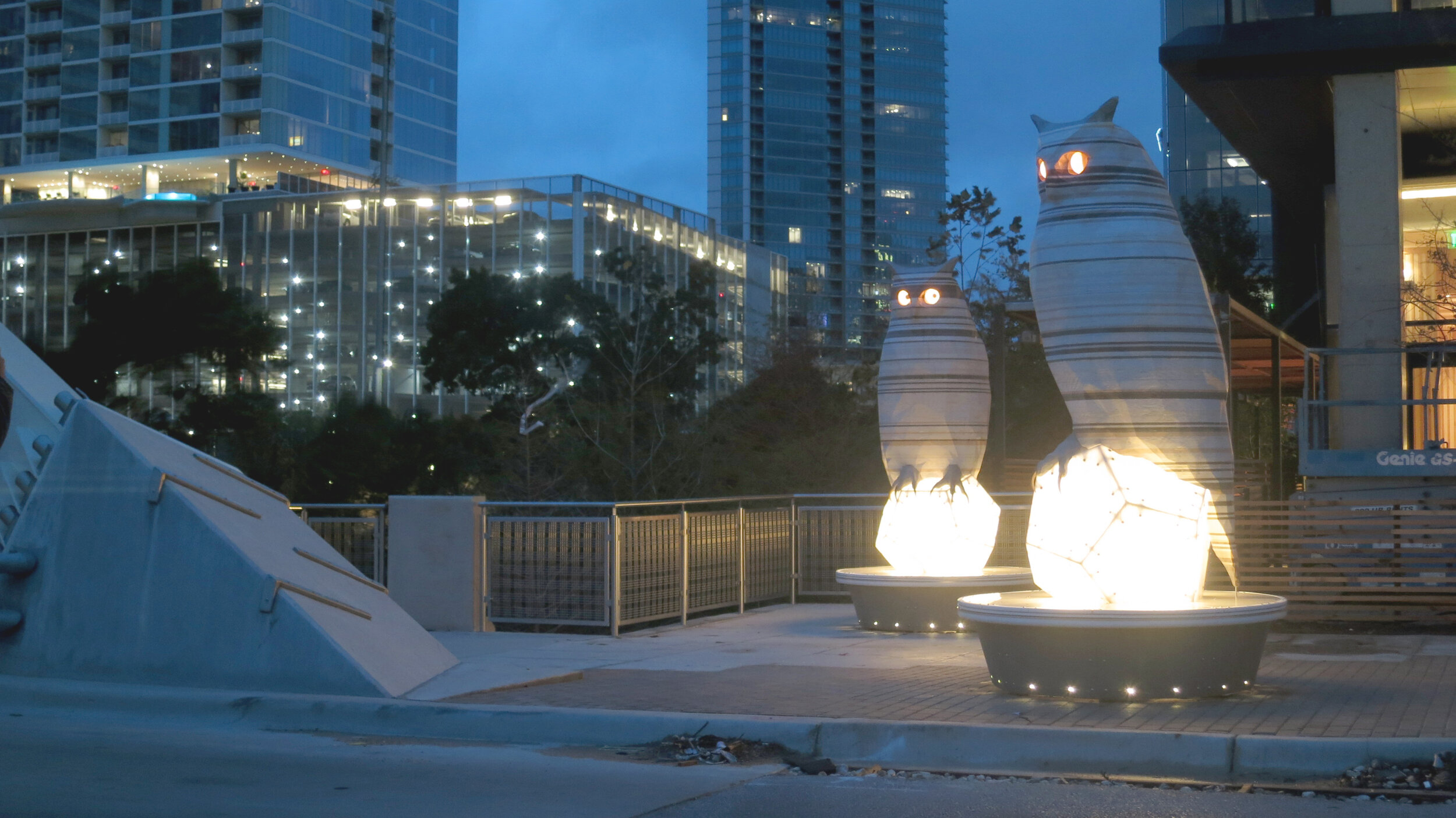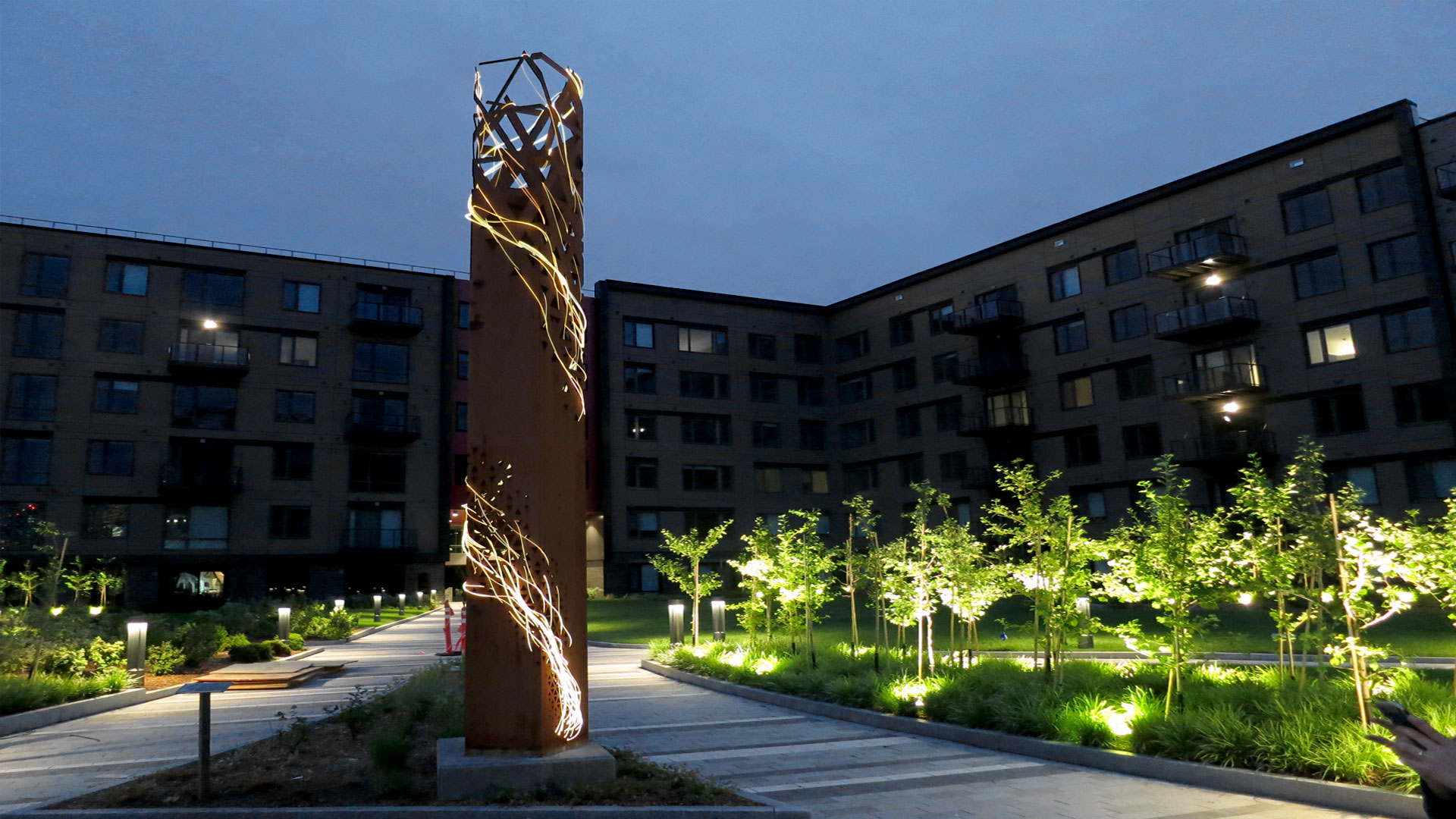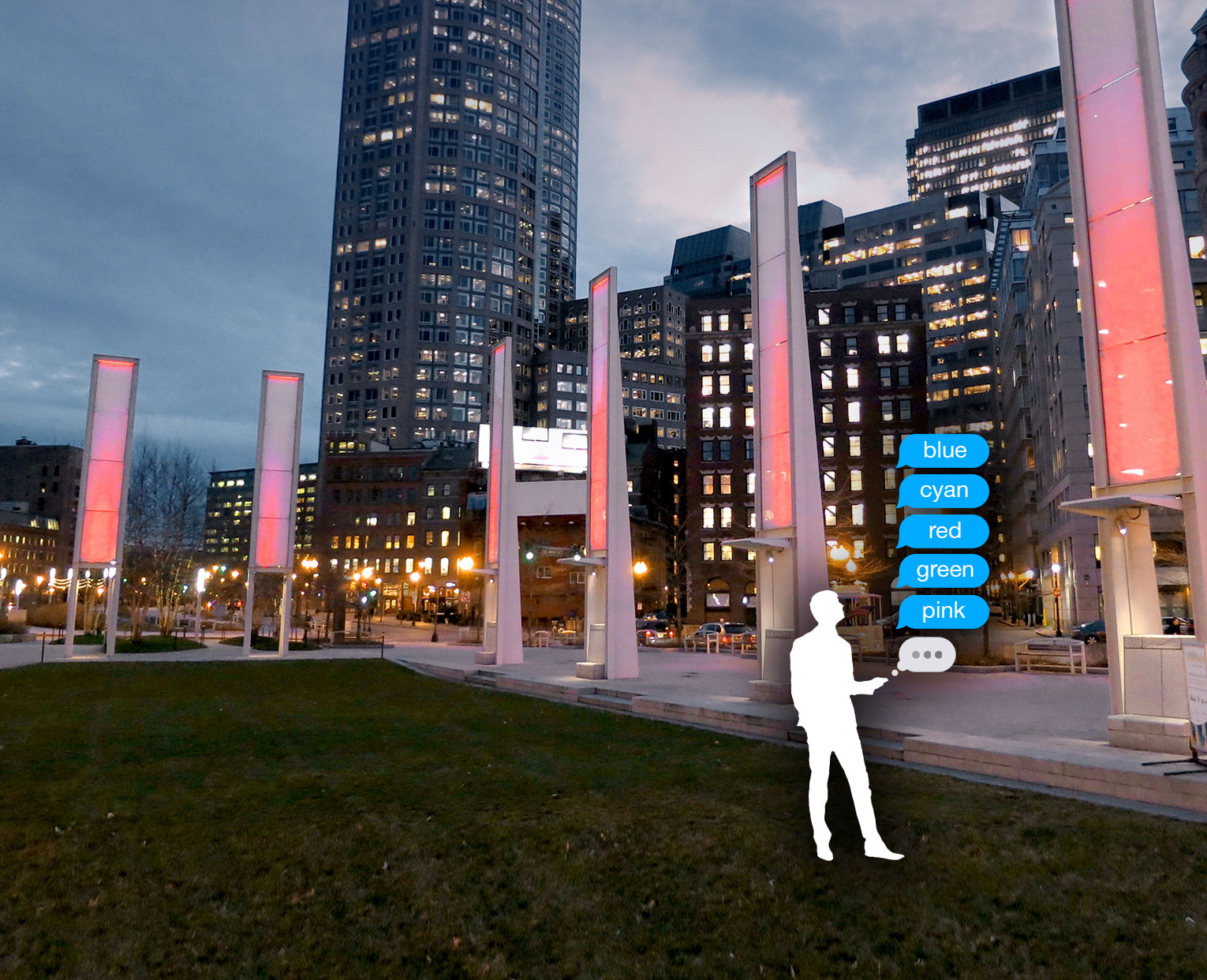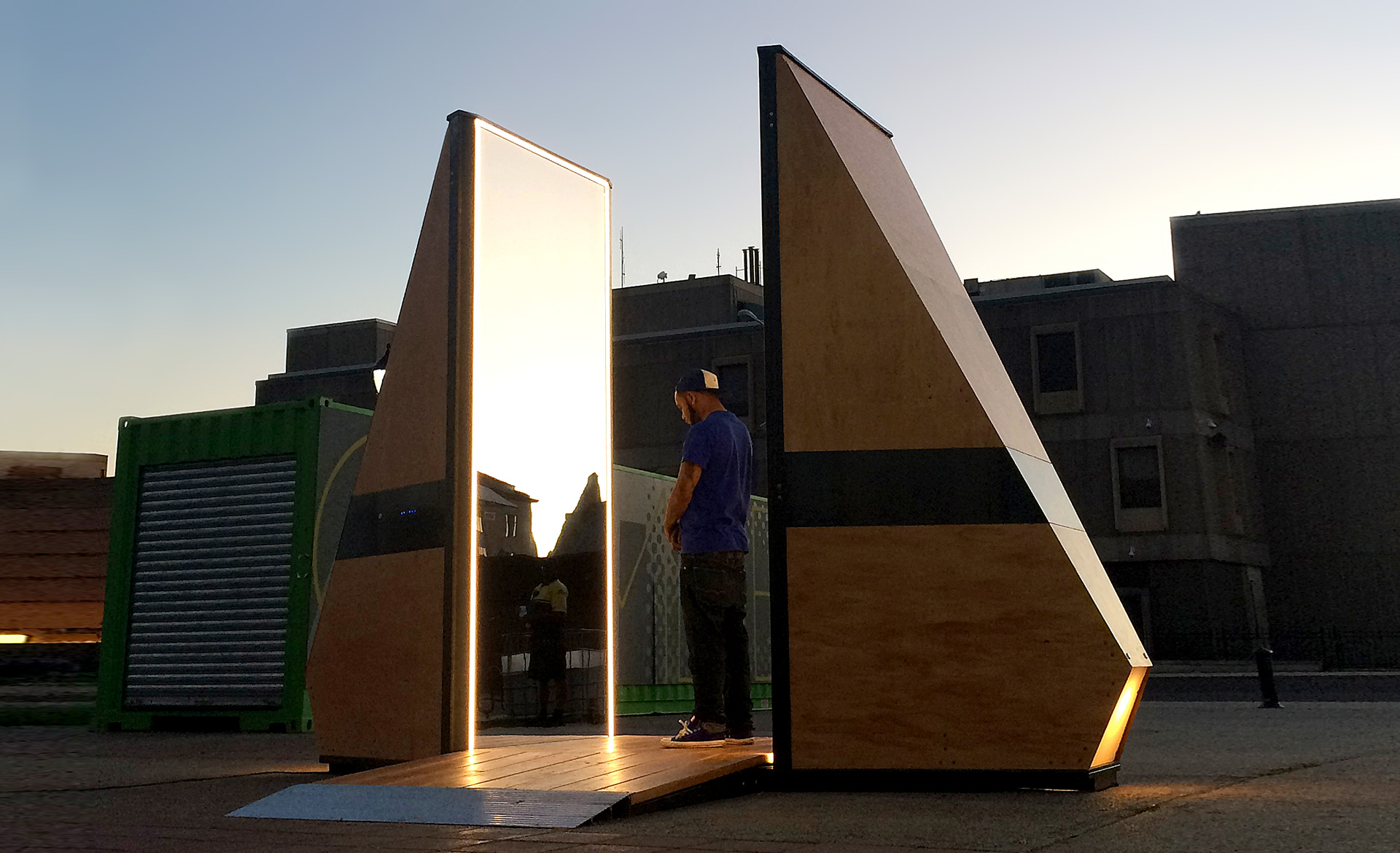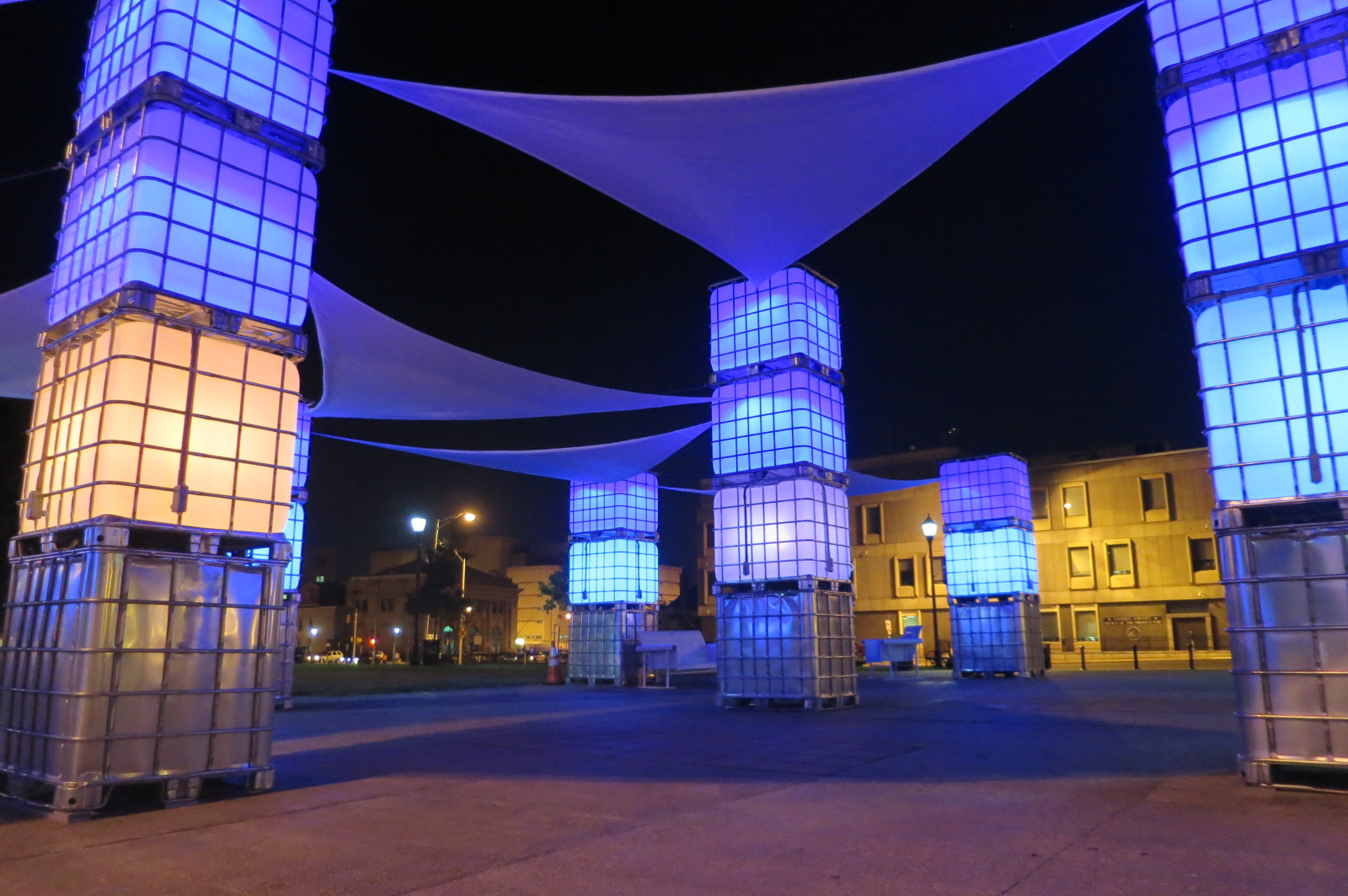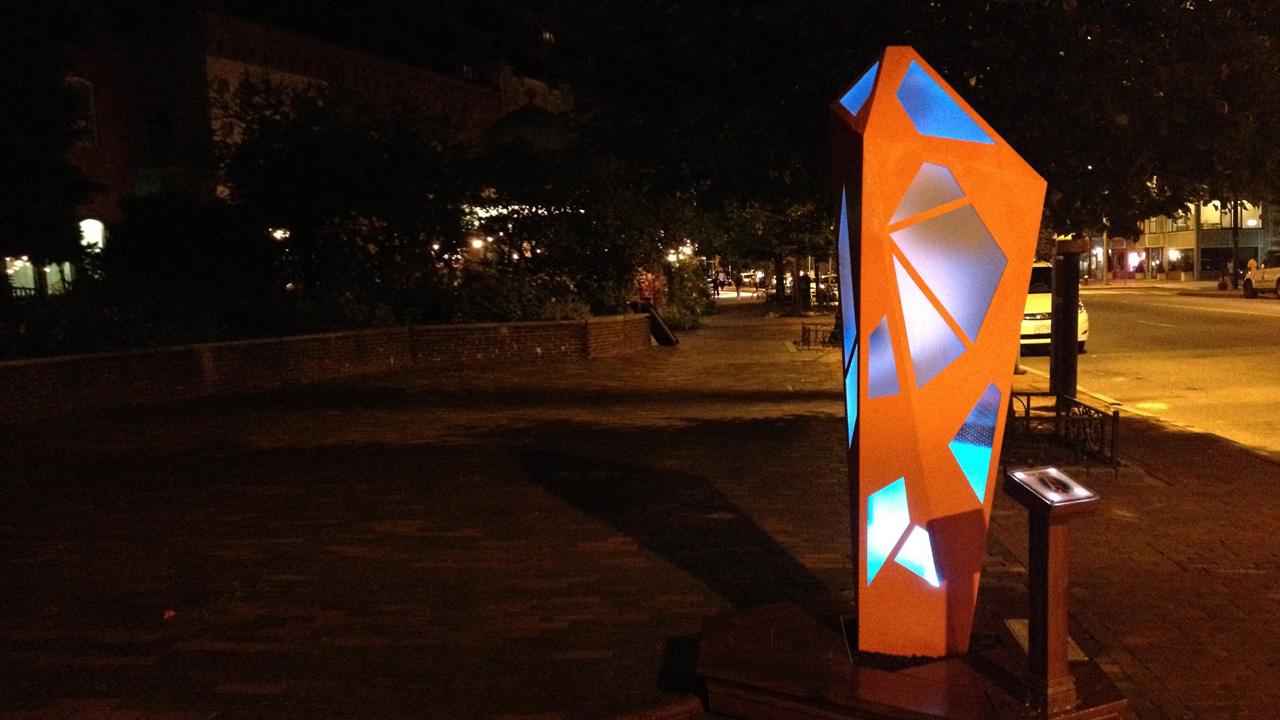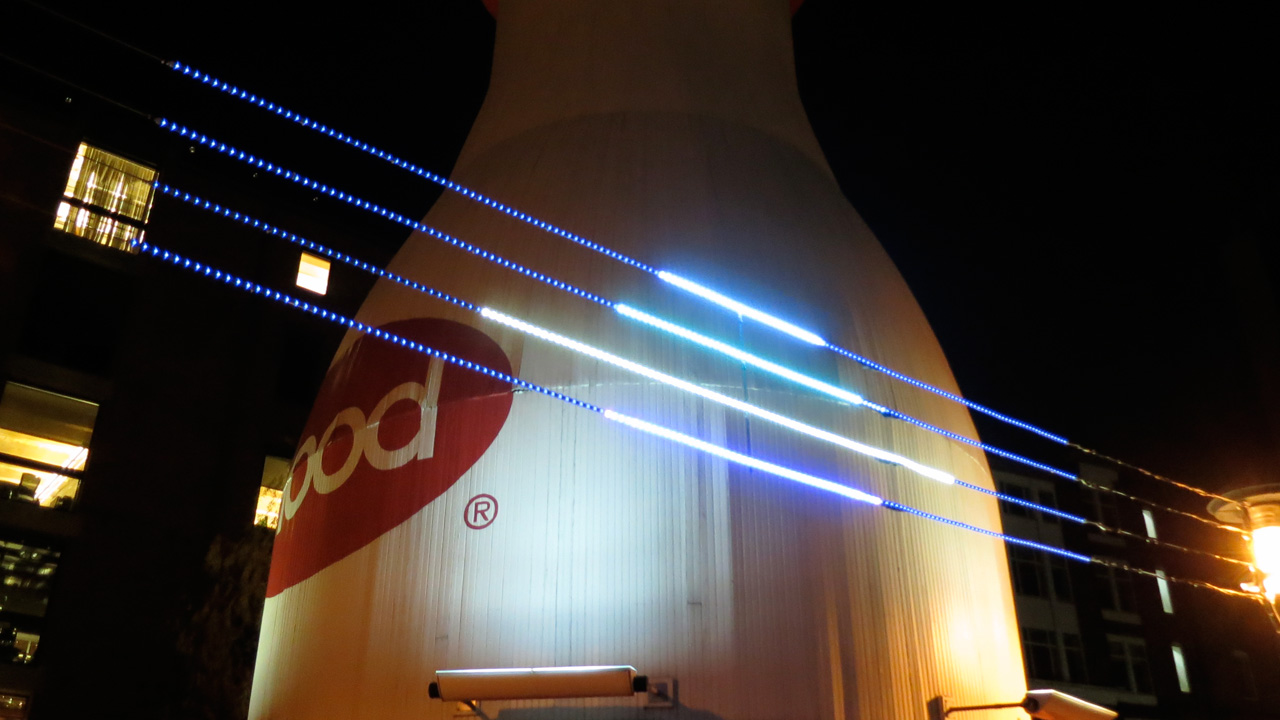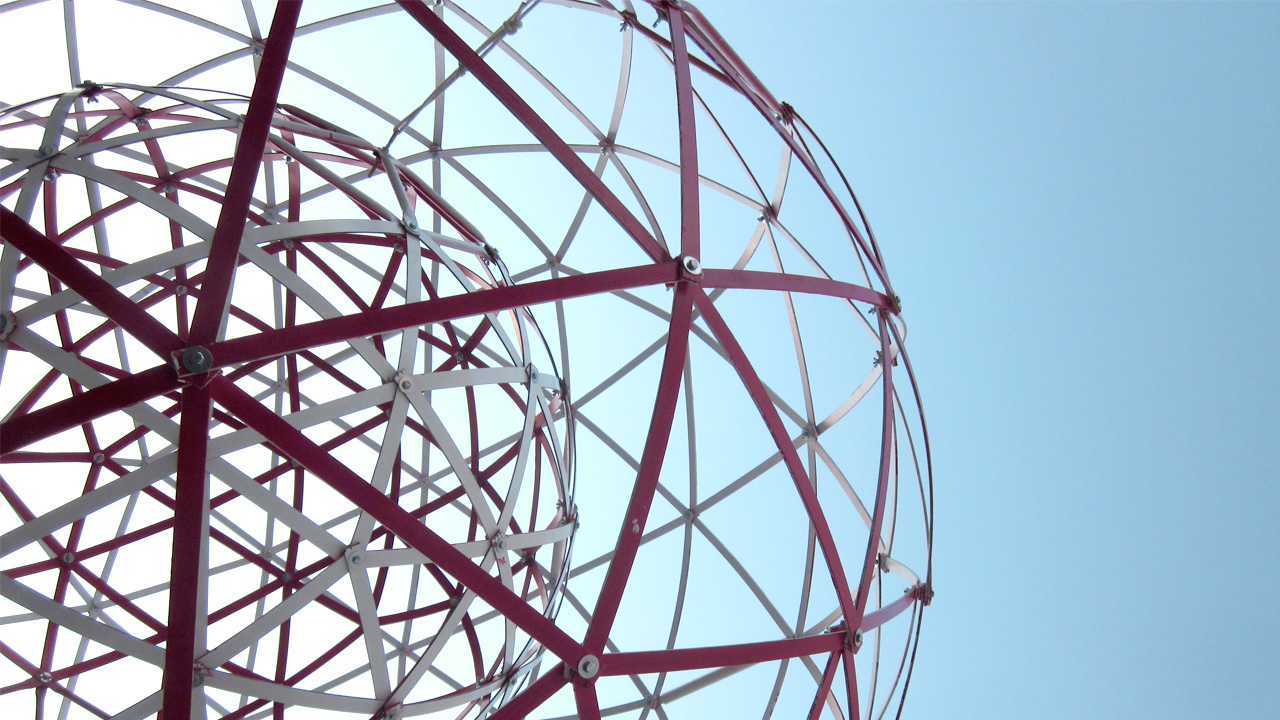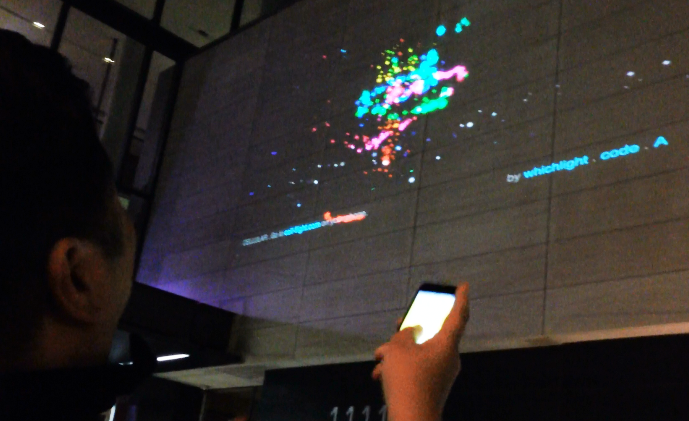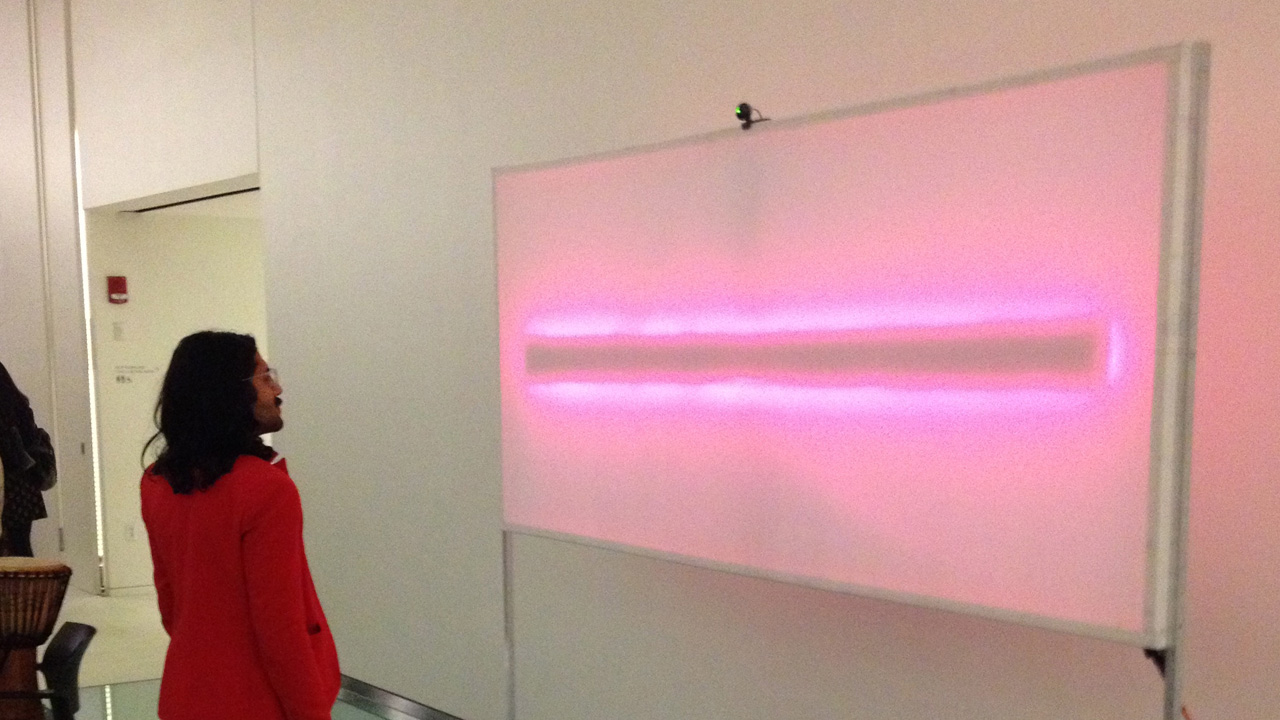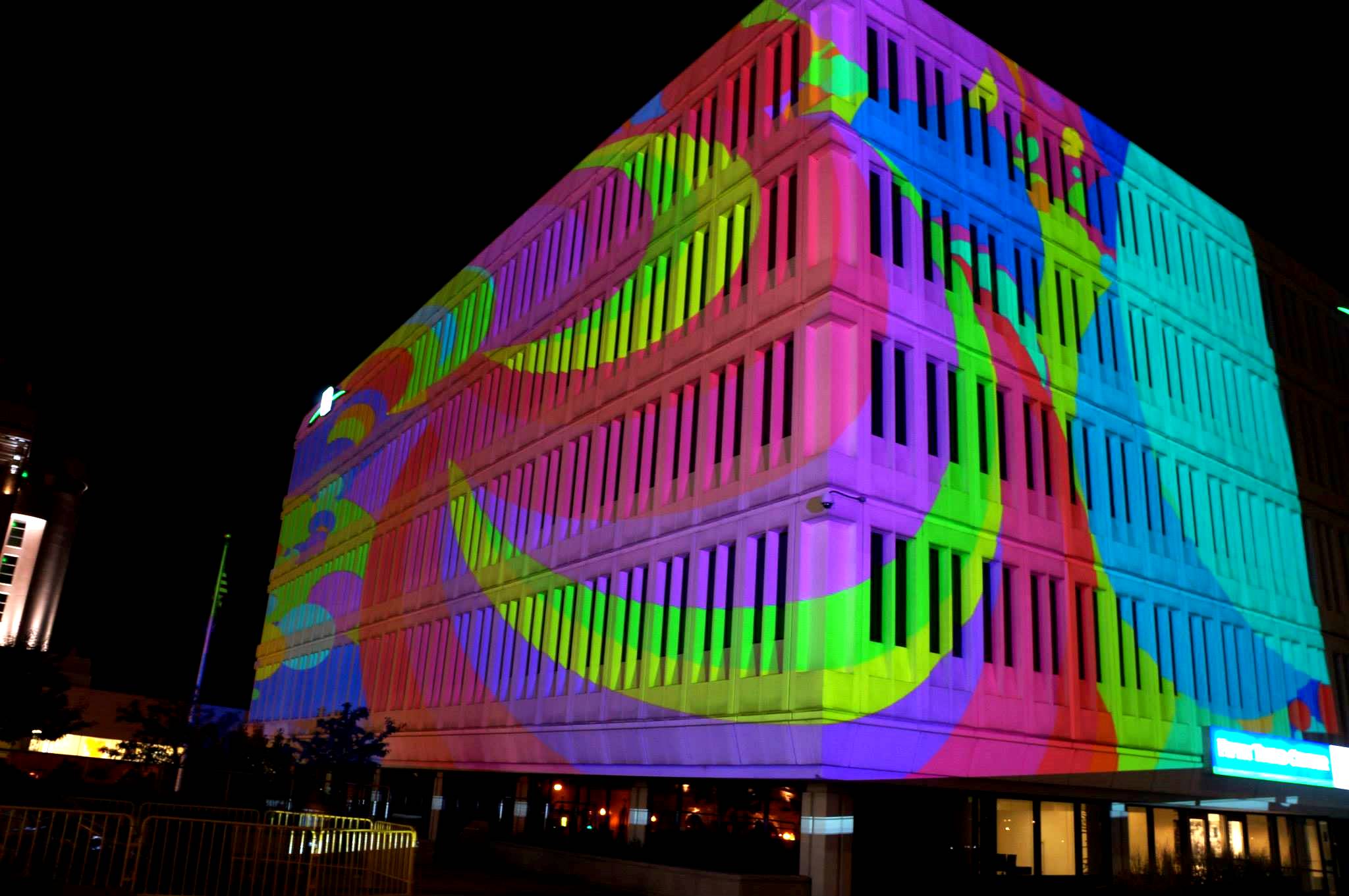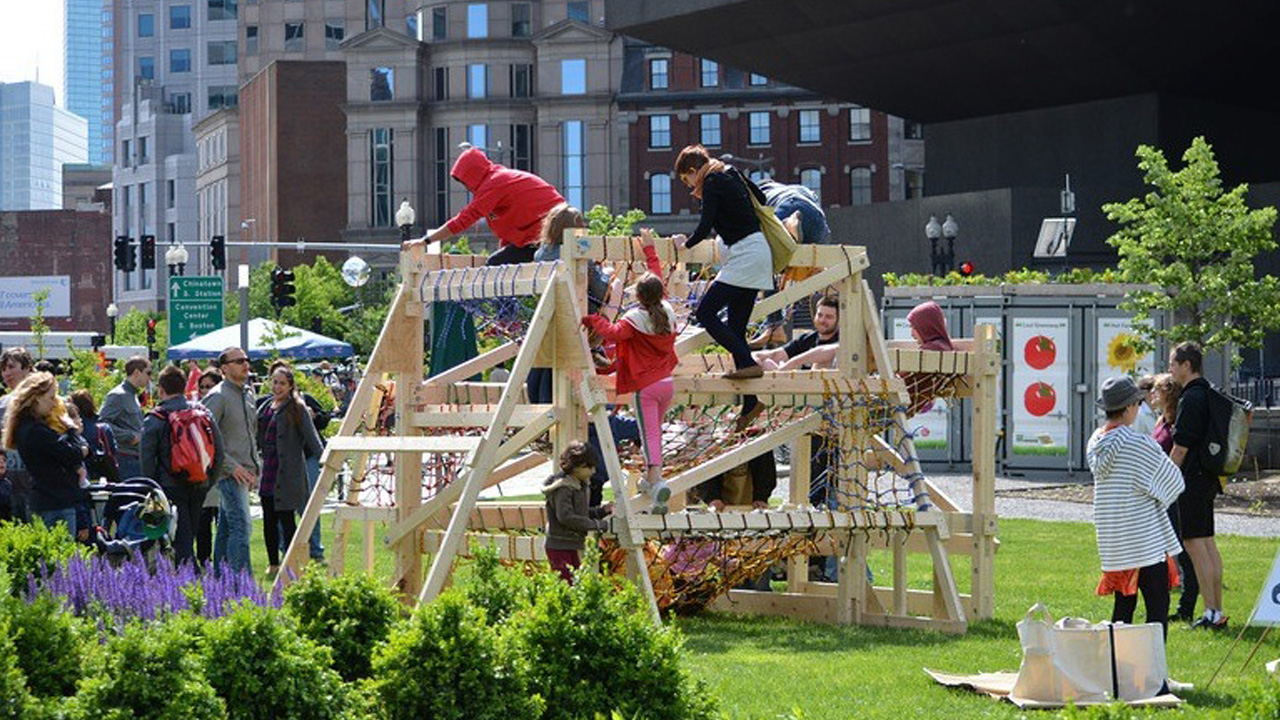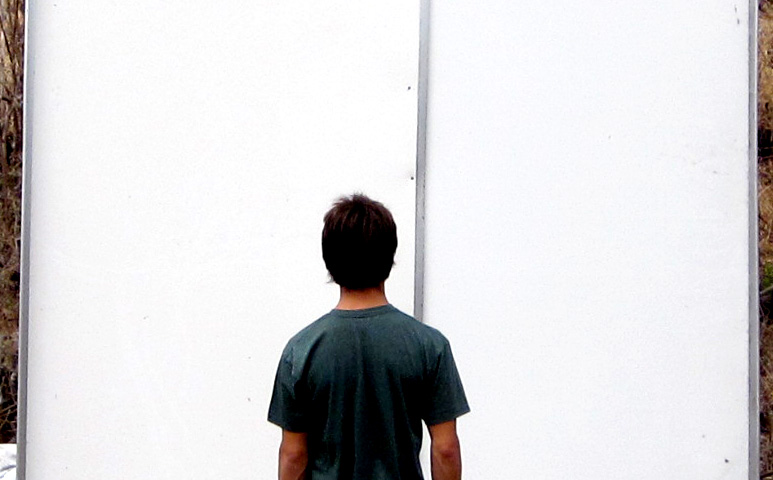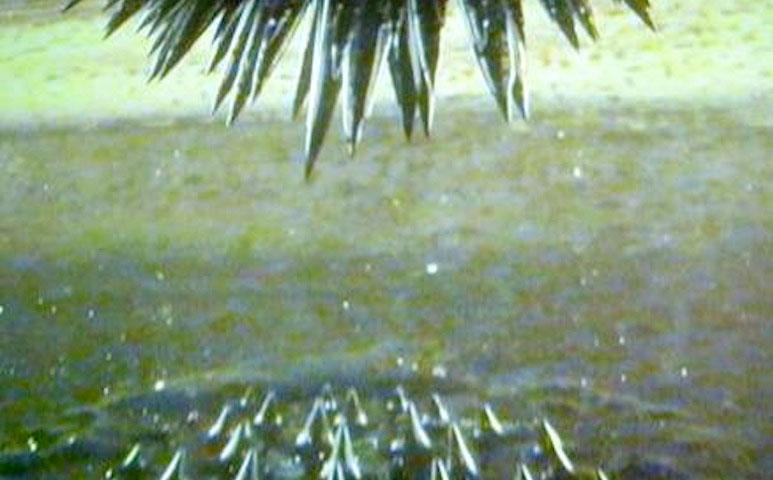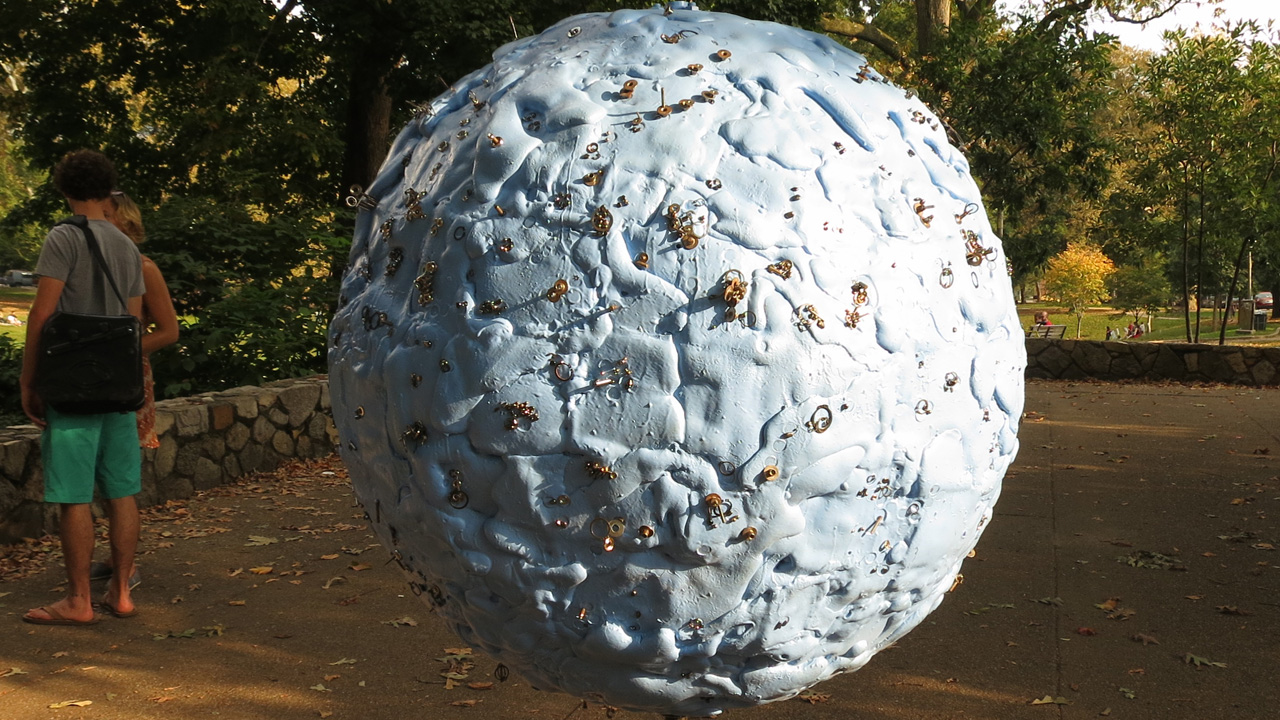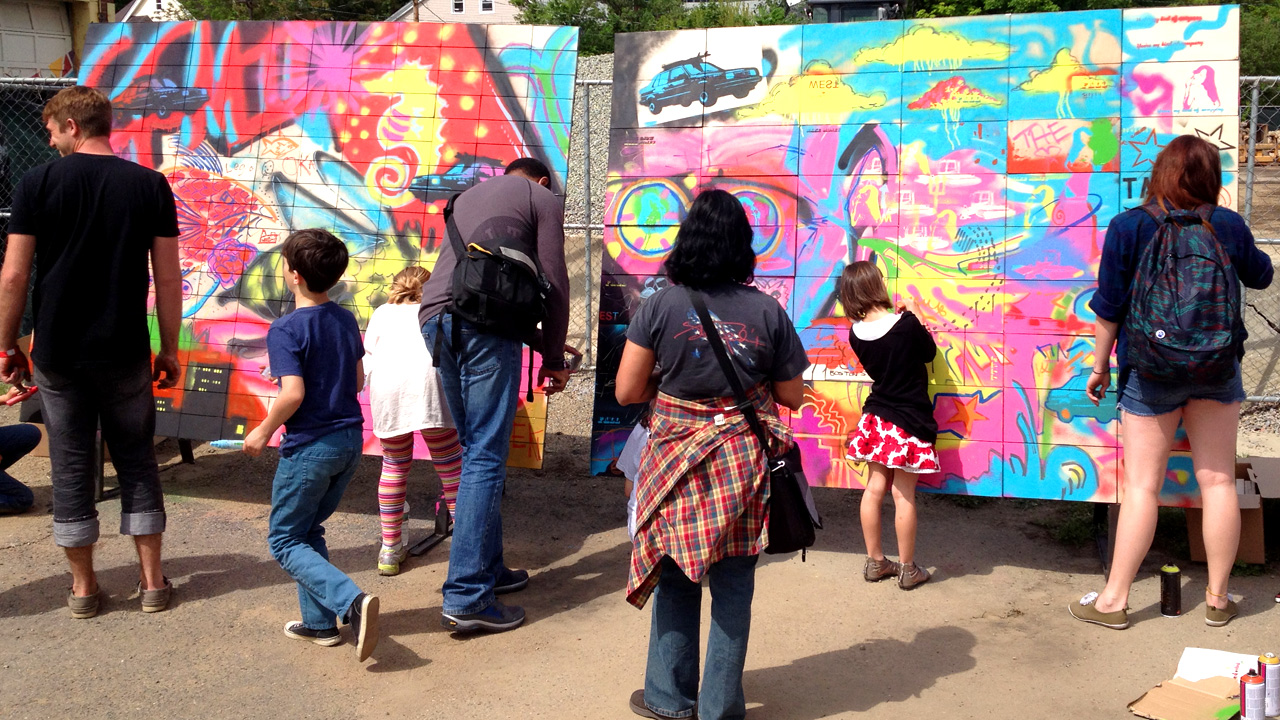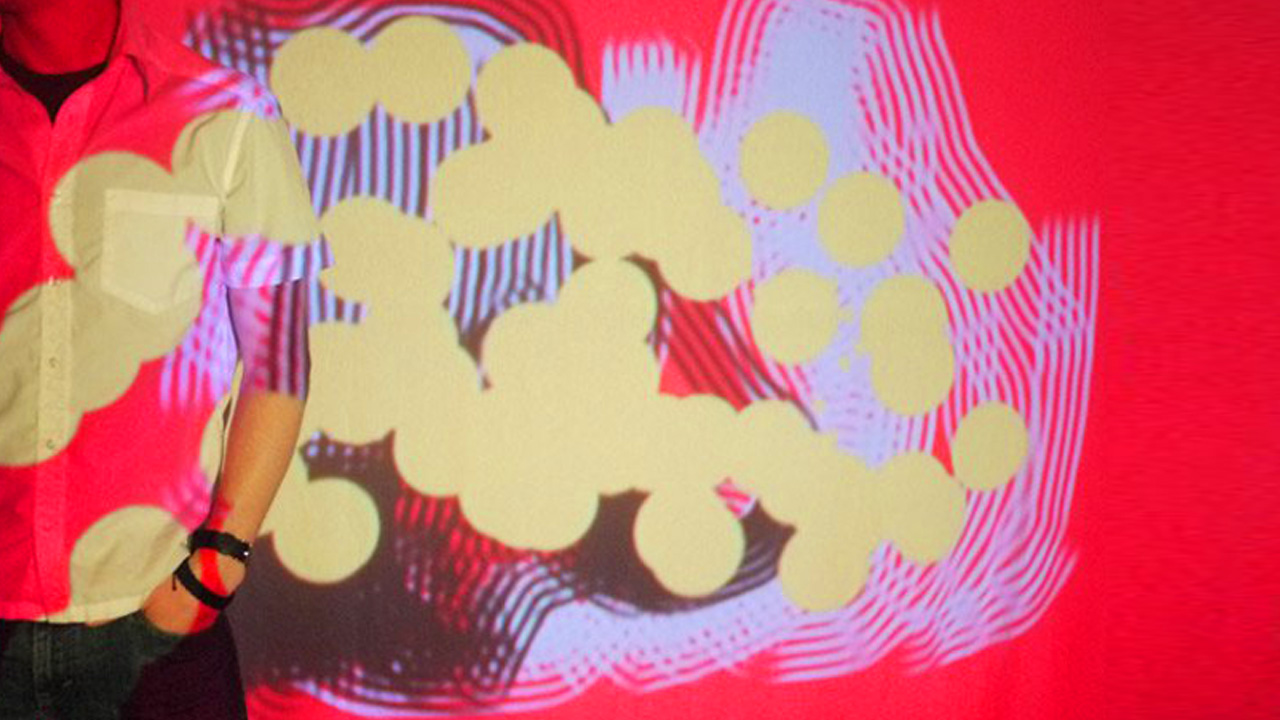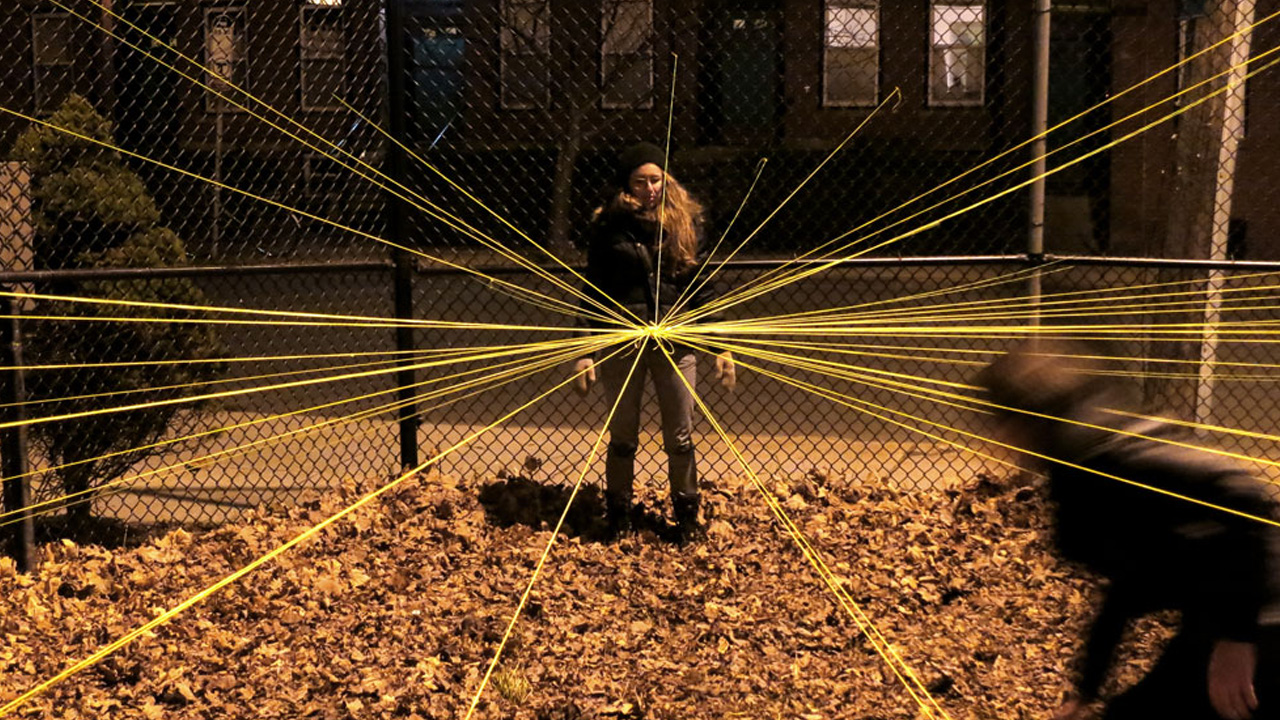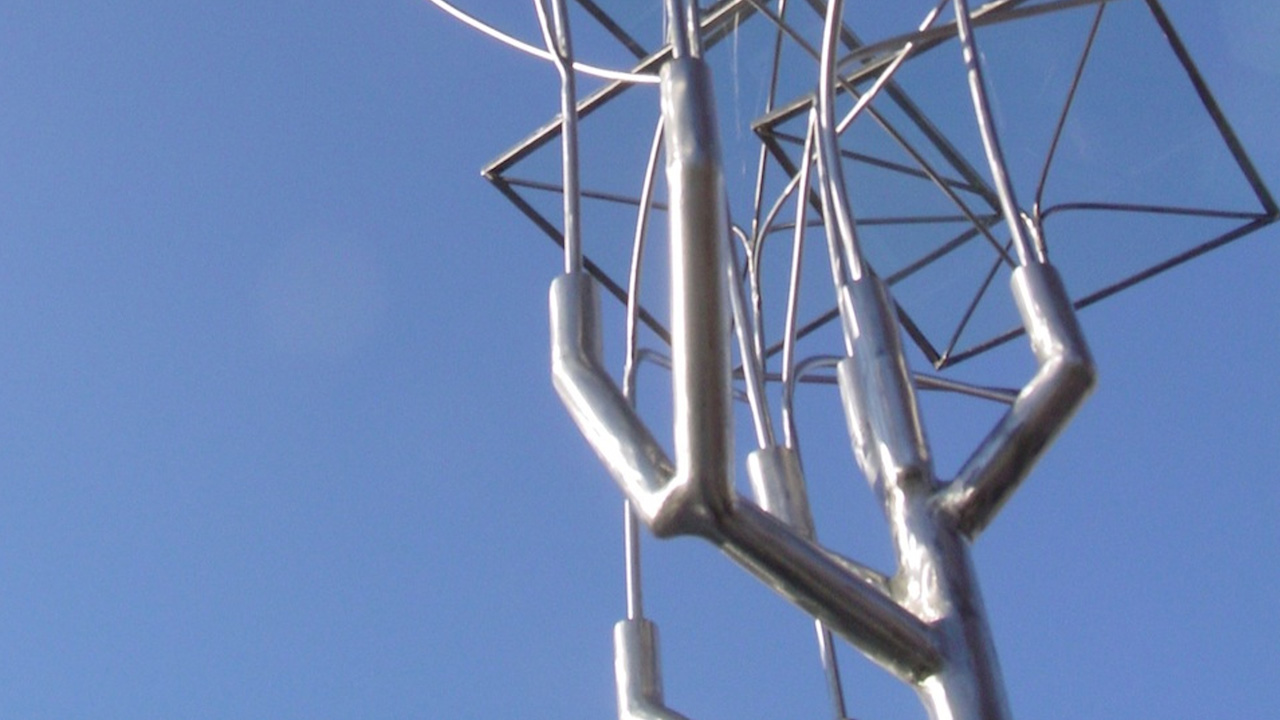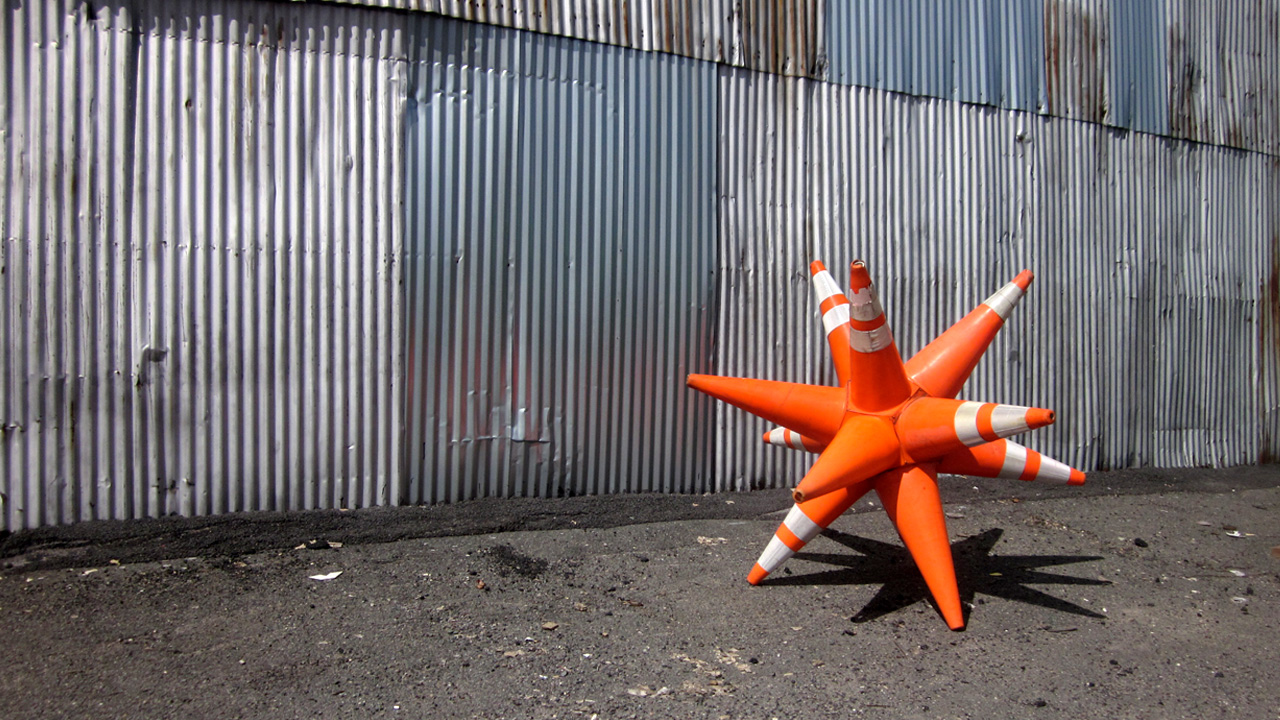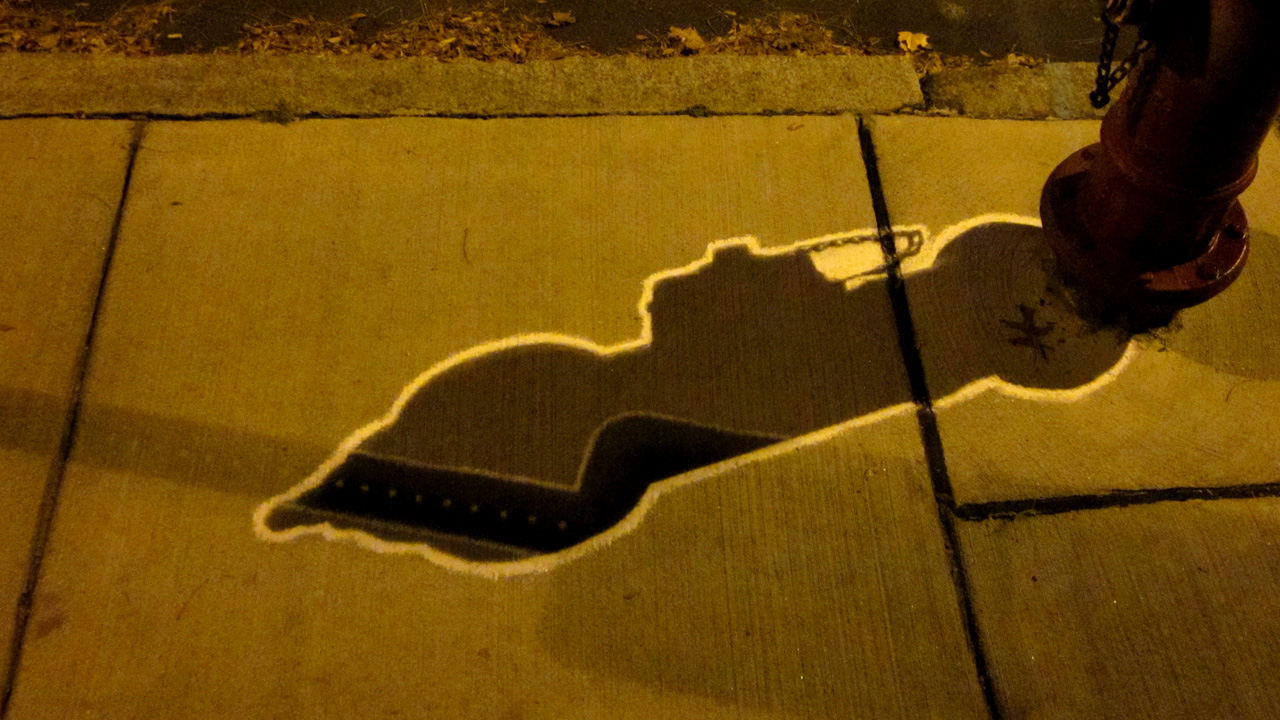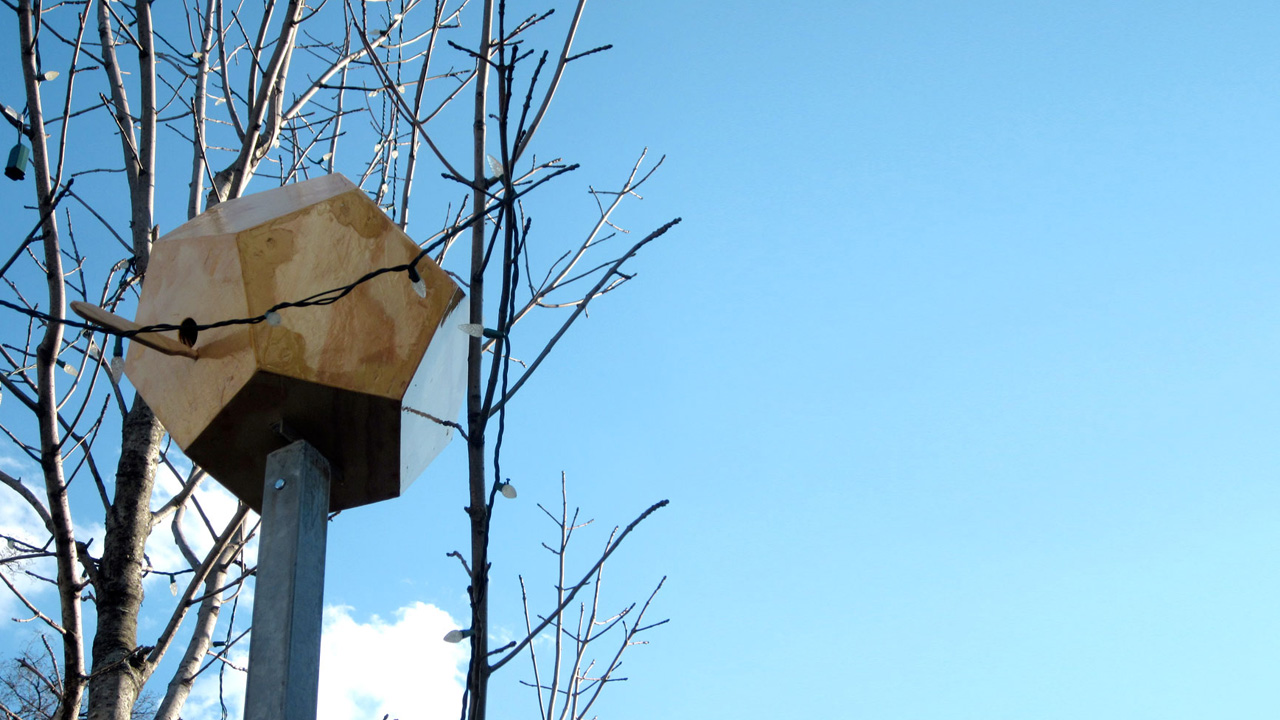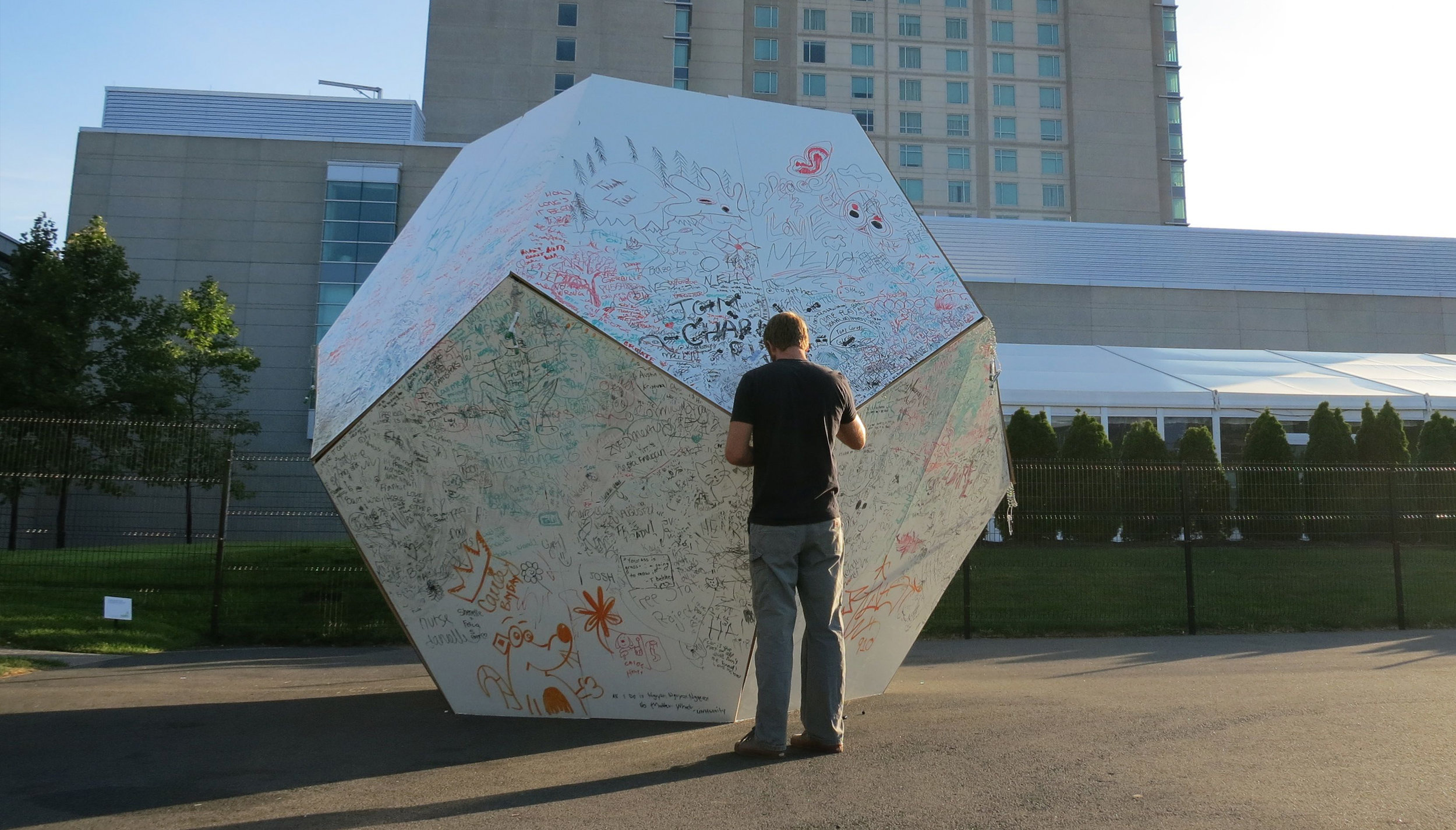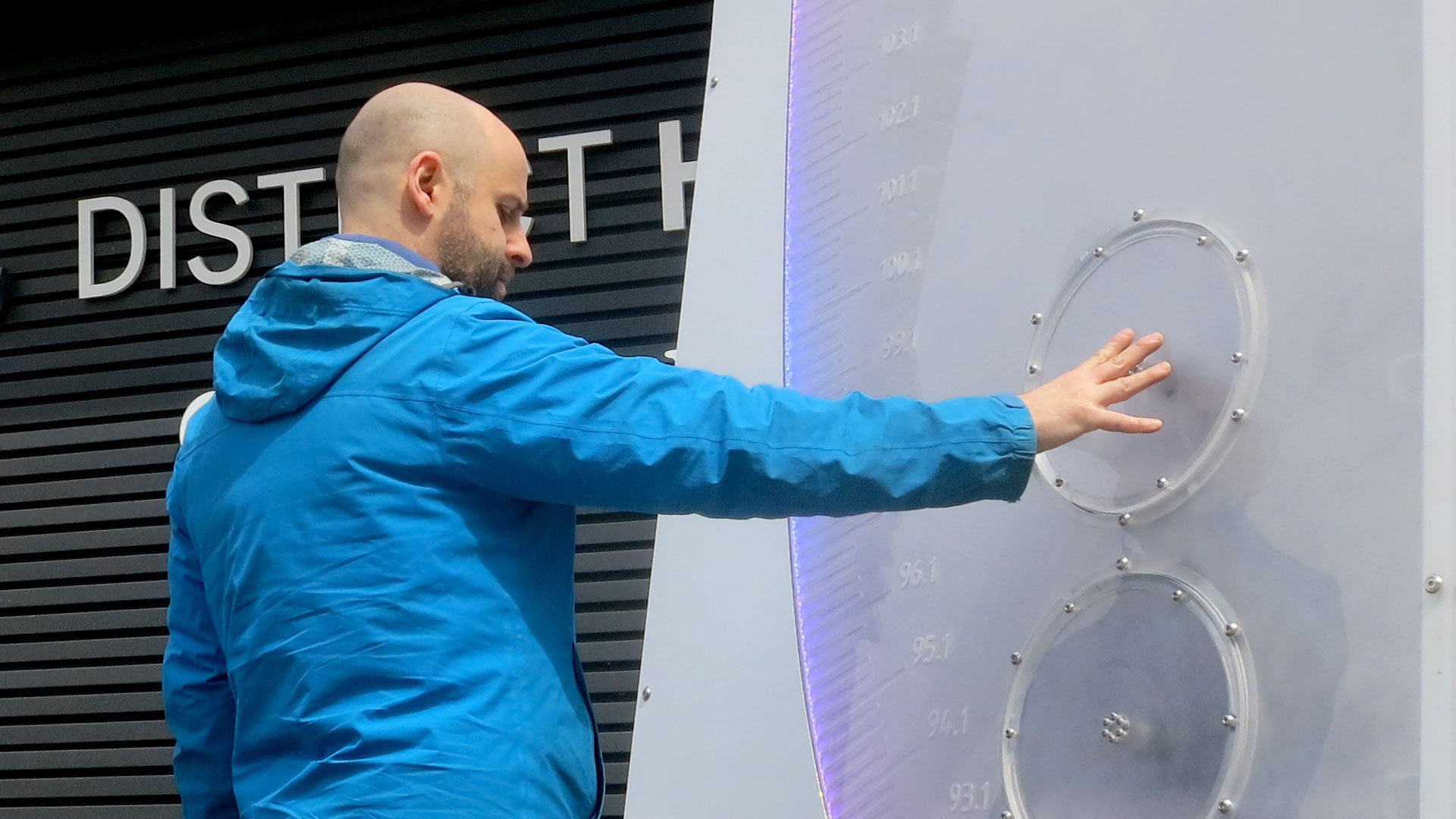Hachiko's Garden
Combining aspects of Zen rock gardens and traditional mandala sand paintings, Hachiko's Garden involves Buddhist and Hindu philosophical themes of non-attachment, impermanence, practice as meditation and natural cycles.
The Danehy Park dog area lends itself to be interpreted as a Karesansui, or Zen rock garden. The gravel is small and uniform and 13 stones are placed aesthetically in the area. It is, in many ways, a homage to the classic Ryoan-ji rock garden in Kyoto Japan. Traditionally Zen rock gardens can represent miniature landscapes, or "mind-scapes", in which the gravel is water, and the large rocks are mountains or islands. Mandalas, however, traditionally represent the world or cosmos as a whole.
Hachiko's Garden uses the activity of a Zen rock garden with the meanings of a mandala, and thus is a "mind-scape" of the universe as a whole. The rocks and dog toys, the karikomi, which grace the grounds, are metaphors of galactic structures and phenomena. The gravel, which traditionally represents water, is here a metaphor of mankind's attempt at cosmic understanding. The raked concentric circles are our ability to form meaning and pattern from nature, and thus our ability to describe the forces of the universe, such as electromagnetism, gravity, and space time.
Hachiko's Garden is then to be used in its common manner. Which is to say, people arrive and release their dogs to run free in the raked area. This is an essential part of the work. Like all traditional sand mandalas, the work is a lesson in impermanence. Yet, instead of sweeping up the sand and pouring it into a body of moving water, the dogs play the role of organic return and completion of the natural cycle. Here, in the universal mind-scape, the dogs are representations of Entropy. They are The Arrow of Time. They are unleashed as the forces of Chaos. They remove and change the meaning that, through much process, mankind has inscribed on the universe.
Special Thanks
Travis Hocutt
View more work









